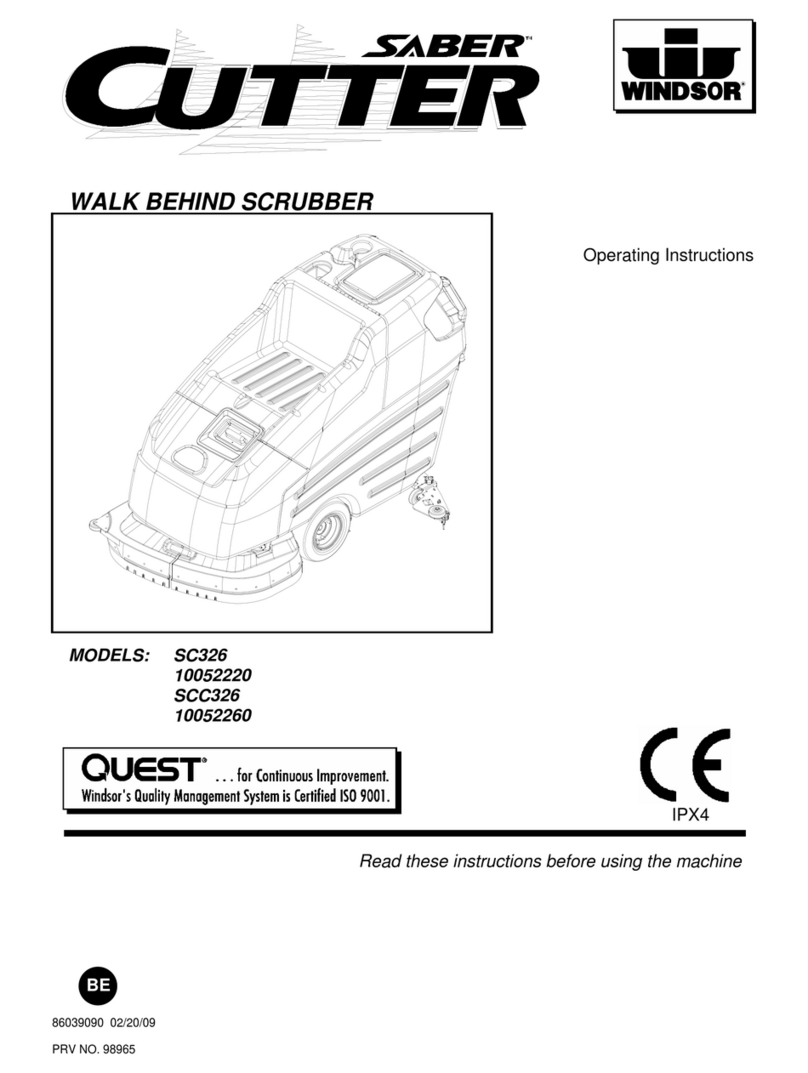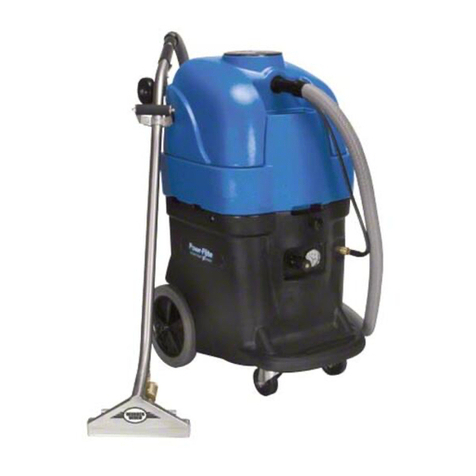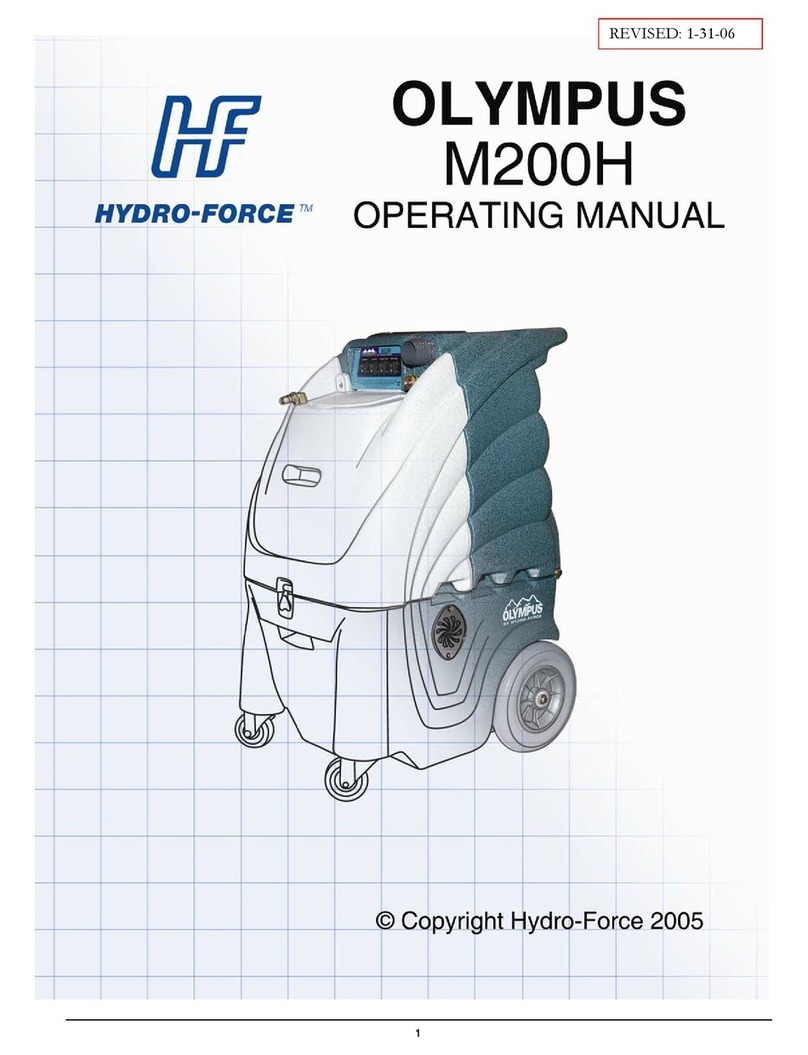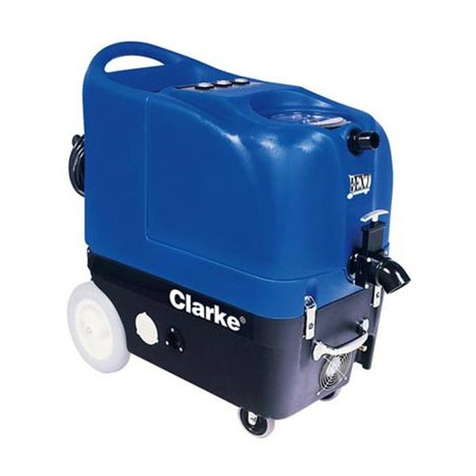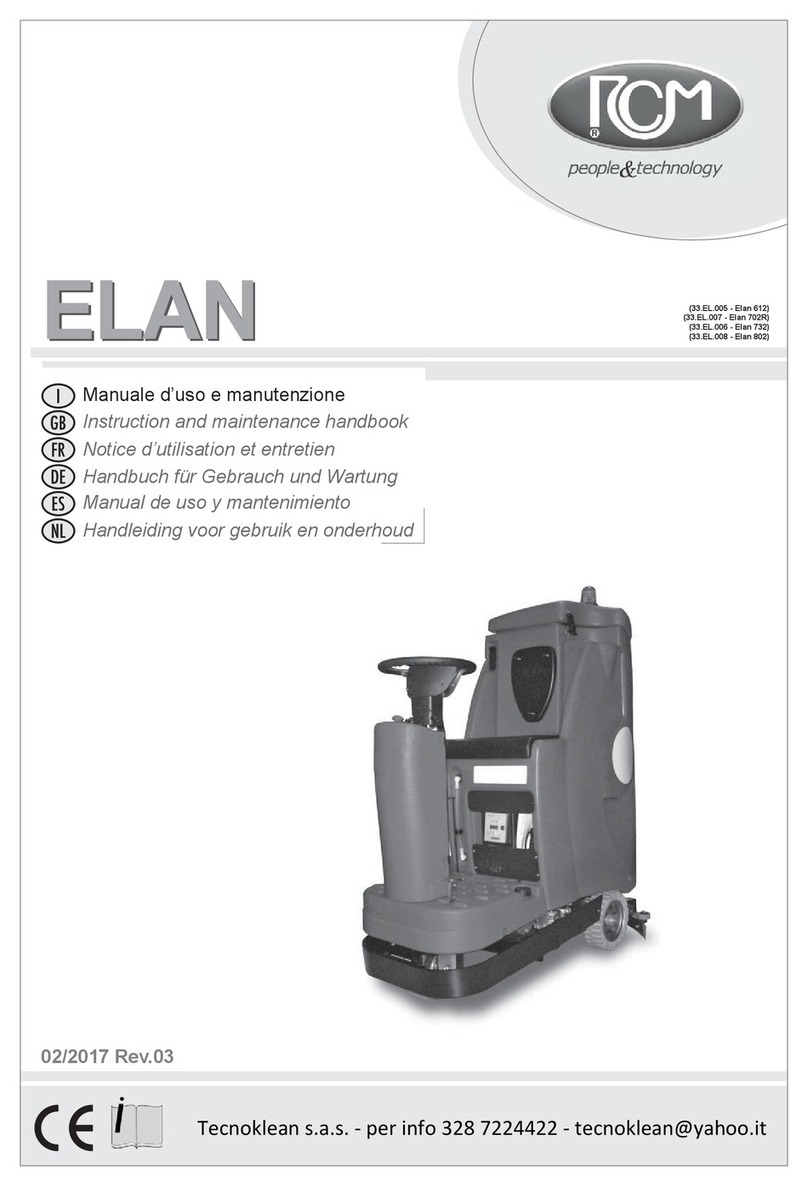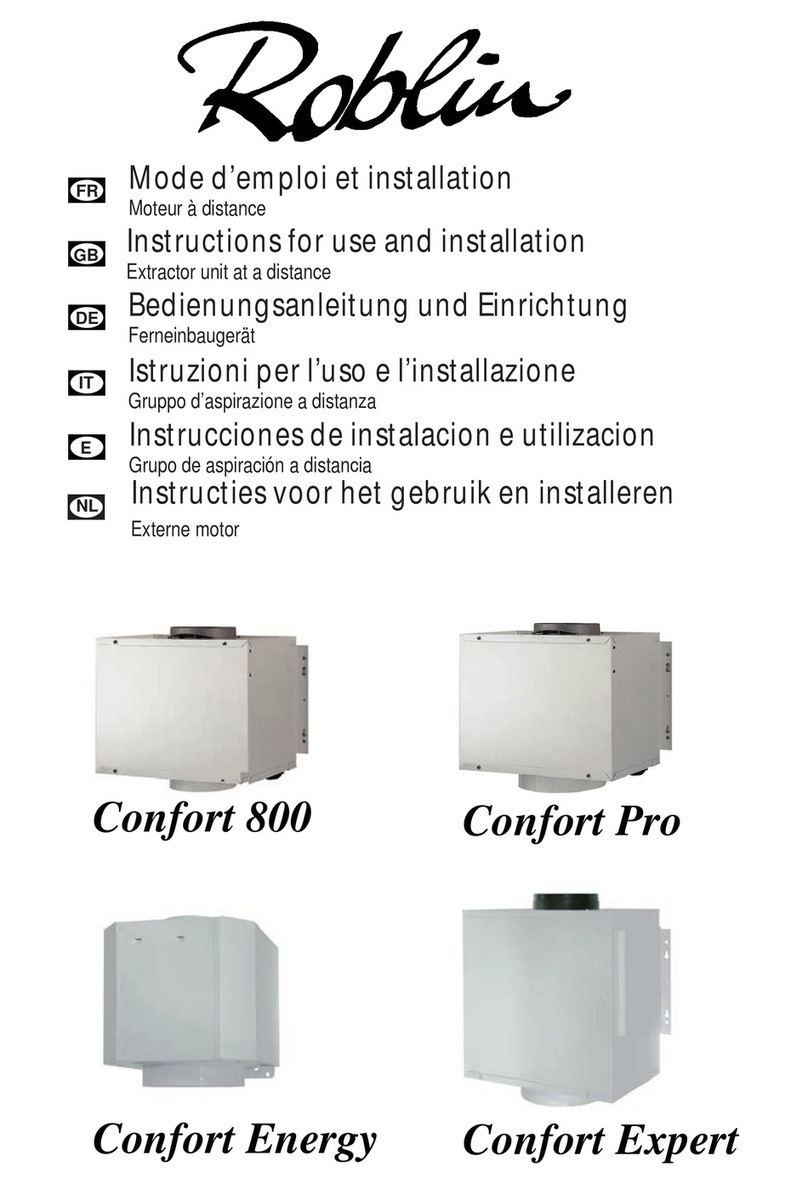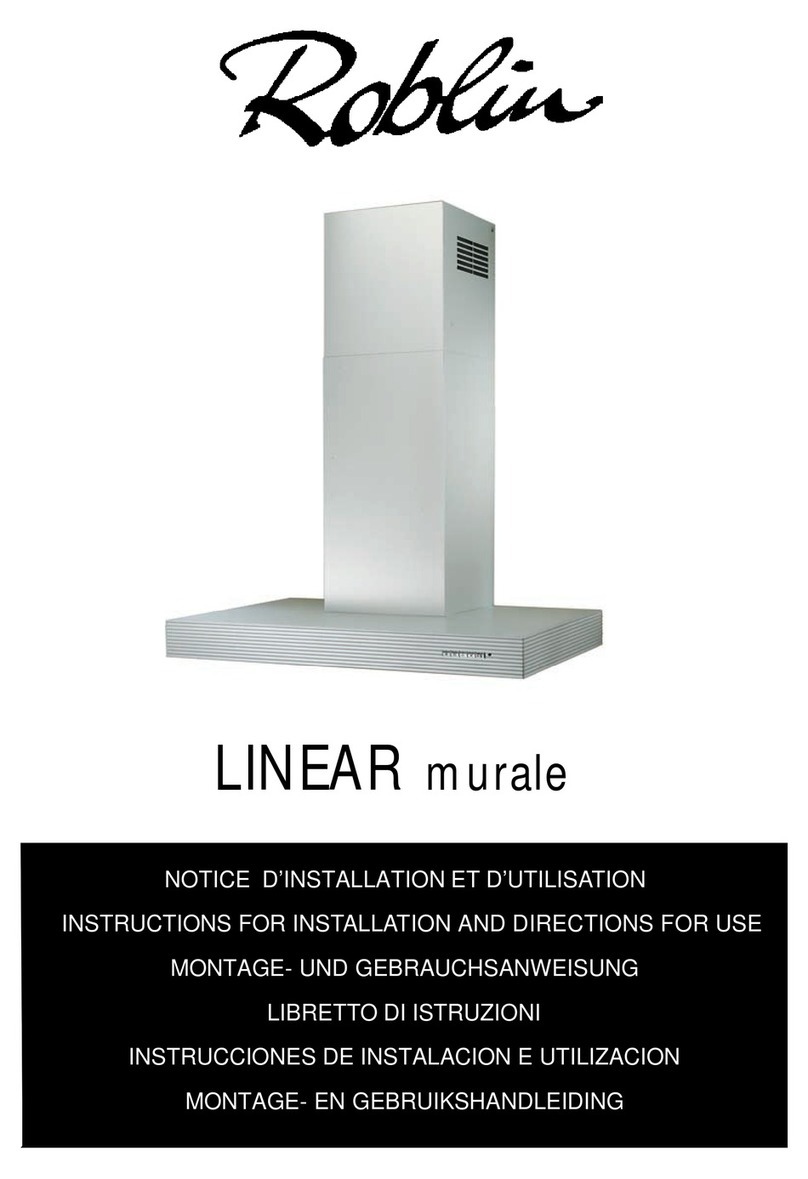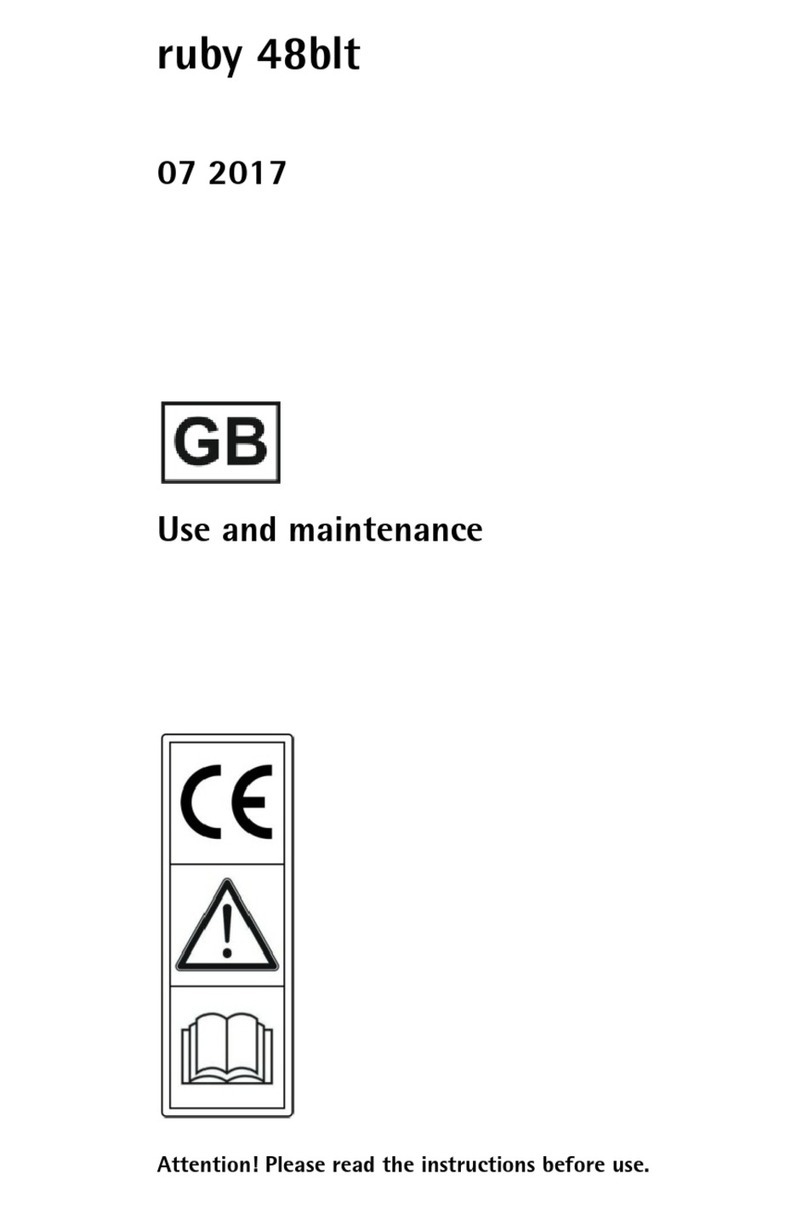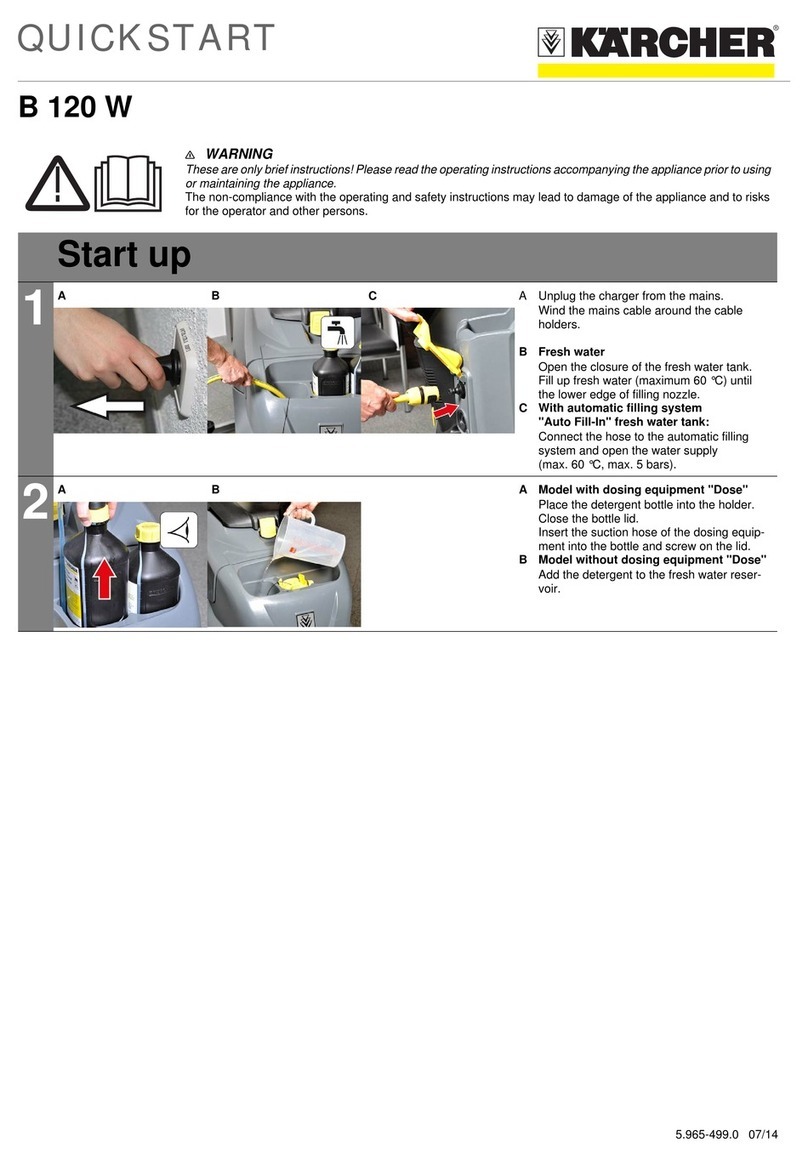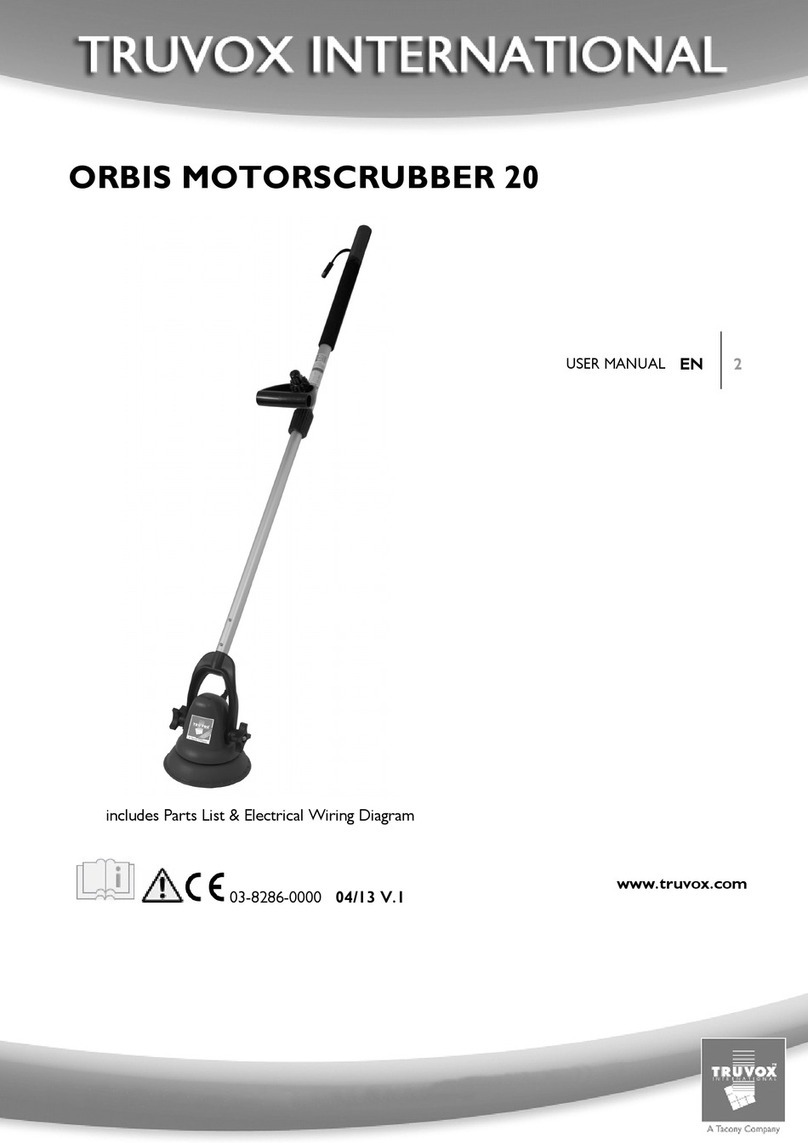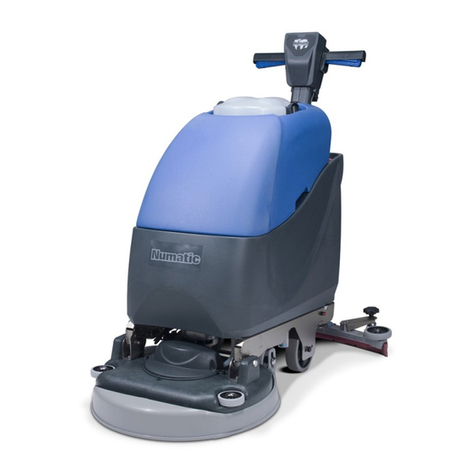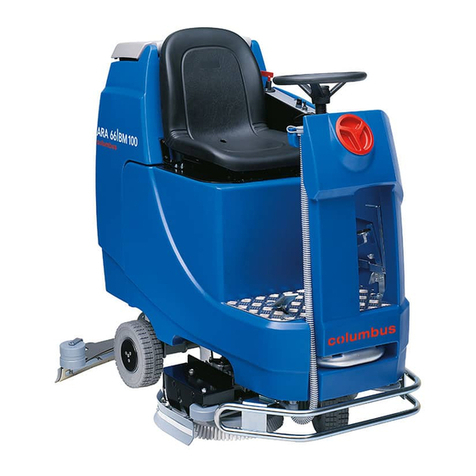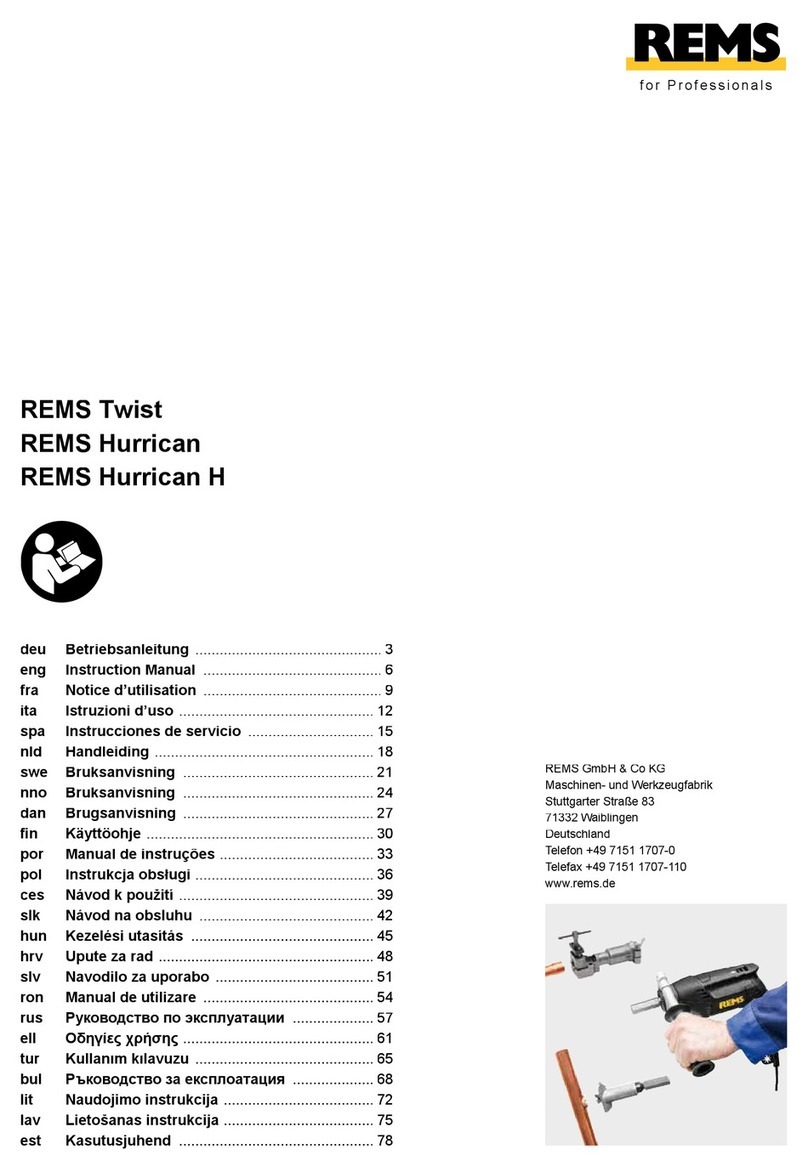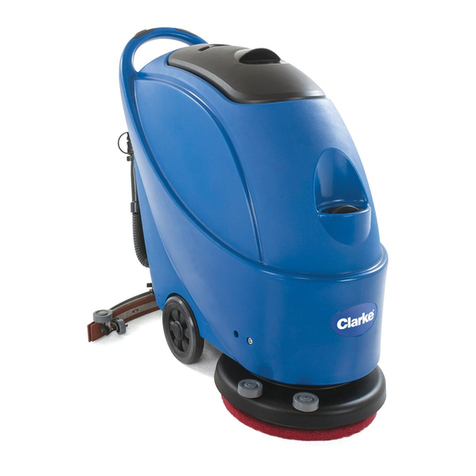3
F
Led 2 et 3 = niveau intermédiaire
Led 2, 3 et 4 = niveau élevé
Un débit d’aspiration maximal peut être obtenu directement en appuyant sur la touche vitesse intensive
(5 ).F
c) Fonctions complémentaires :
• Vitesse intensive temporisée
Pour obtenir une bonne efcacité d’évacuation, nous vous conseillons en début de cuisson une période de
fonctionnement en position intensive. Elle créera un ux d’air permettant de capter les premières fumées
ou vapeurs dès leur apparition. Pour cette fonction il convient de suivre la procédure suivante :
- Mettre le moteur en marche (touche 2), puis sélectionner à l’aide des touches (+) et (-) la vitesse souhaitée
pendant la cuisson.
- Appuyer sur la touche 5 (vitesse intensive). Cette fonction peut être arrêtée en appuyant à nouveau sur
la touche 5.
Temporisation de 5 minutes de l’arrêt de la vitesse intensive:
Par défaut cette fonction n’est pas activée.
Pour accéder à la programmation de cette fonction, la lumière doit être éteinte et le moteur arrêté.
Appuyer sur la touche réglage vitesse (-) :
Un clignotement des Leds 2, 3, et 4 = fonction désactivée.
Deux clignotements des Leds 2, 3, et 4 = fonction activée.
Il est possible d’arrêter manuellement la vitesse intensive avant le délai de 5 minutes en appuyant à nouveau
sur la touche 5 (Vitesse intensive).
Pendant cette temporisation de 5 minutes, l’indication de saturation ltres est désactivée.
Si un arrêt différé de la hotte est programmé, la vitesse intensive commandée manuellement ou temporisée
sera désactivée par cet arrêt différé après 5, 10 ou 15 minutes. Il est possible d’arrêter manuellement la
vitesse intensive avant l’arrêt différé de la hotte en appuyant à nouveau sur la touche 5 (Vitesse intensive).
• Arrêt différé :
Cette fonction permet, après l’arrêt de la cuisson, d’évacuer les dernières fumées et odeurs résiduelles
et en n de cuisson, d'arrêter totalement la hotte (moteur + éclairage).
Pour accéder à la programmation de ce réglage la lumière doit être éteinte et le moteur arrêté.
Appuyer sur la touche vitesse intensive 5 :
- 2 clignotements des leds 1 & 5 conrmeront l’enregistrement de l’arrêt après 5 minutes.
- 3 clignotements des leds 1 & 5 conrmeront l’enregistrement de l’arrêt après 10 minutes.
- 4 clignotements des leds 1 & 5 conrmeront l’enregistrement de l’arrêt après 15 minutes.
- 1 seul clignotement des leds 1 & 5 conrmera la suppression de la fonction arrêt différé.
La hotte peut ensuite être mise en marche sur la vitesse choisie. Le clignotement des leds 2, 3, 4 (sui-
vant la vitesse initialement prévue) indiquera que la fonction arrêt différé est bien programmée :
- 1 clignotement = arrêt après 5 minutes
- 2 clignotements = arrêt après 10 minutes
- 3 clignotements = arrêt après 15 minutes
• Indication de saturation des ltres métalliques :
Après 200 heures de fonctionnement 1 bref clignotement de la Led 1 indique qu’il faut nettoyer les
ltres métalliques (voir paragraphe entretien)
Pour accéder à la remise à zéro de la fonction indiquant la saturation des ltres, la lumière doit être
éteinte et le moteur arrêté.
Appuyer sur la touche (+) pendant 3 à 4 secondes. Le clignotement des Leds 1, 2, 3, 4, et 5 conrme la
remise à zéro.
• Indication de saturation des ltres charbon :
Après 400 heures de fonctionnement 2 brefs clignotements de la Led 1 indique qu’il faut remplacer
les ltres charbon et nettoyer à nouveau les ltres métalliques.
Pour activer la fonction Indication de saturation ltre charbon, la lumière doit être éteinte et le moteur
